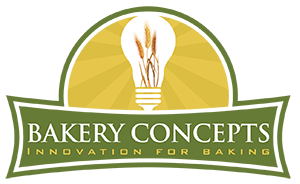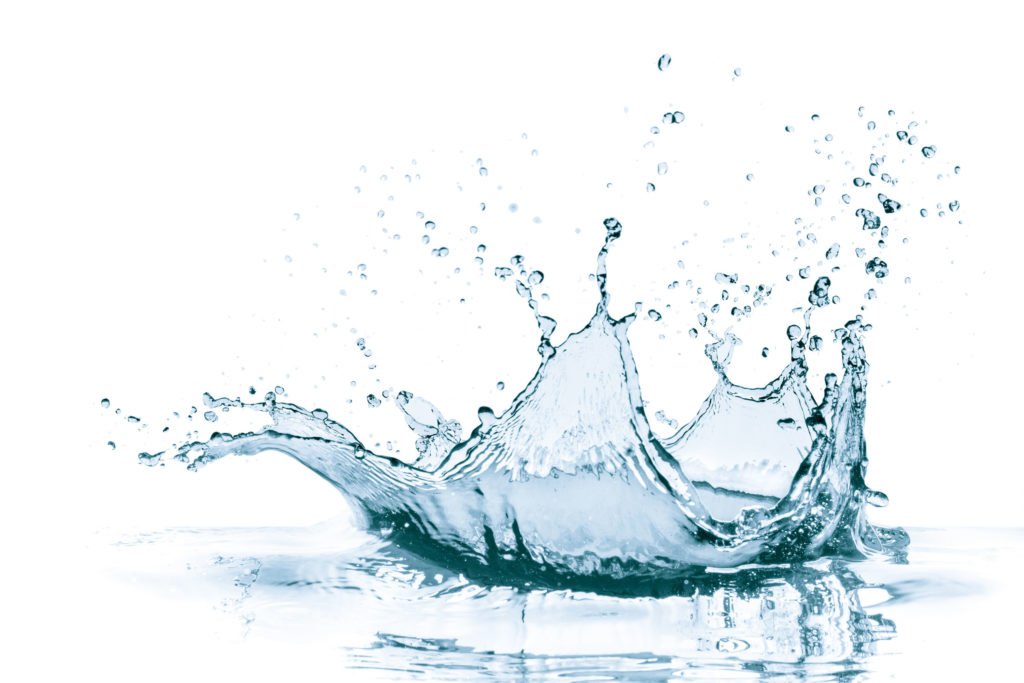It’s the big question with whatever ingredients you’re mixing: how will water interact with what’s in the bowl? If this isn’t one of your big questions, it should be!
Your process for mixing usually starts with the main dry ingredient, such as flour. Getting the perfect texture, consistency and shelf life—from crumbly dry masses to liquid batters and everything in between—depends greatly on the amount of added water. It also depends on how much of that water is bound and retained.
However, when it comes to how water interacts with your dry ingredients, the options are limited. This is where the problem arises. More often than not, substances have a hard time being properly hydrated. When ingredient particles are hydrophobic, water is repelled and runs off. On the other hand, hydrophilic ingredients bind water immediately, making that water unavailable for other ingredients, therefore, “stealing” the water away. Traditional mixers must run for a long time to ensure that proper hydration occurs, which provides enough water to the hydrophilic ingredients. Long mixing times overheats and stresses the dough. This is the downside to a traditional mixer.
So how do you hydrate your mix?
The key to effectively hydrating dry ingredients comes down to these factors:
- Long holding or fermentation times in the sponge stage.
- Highly accessible surface area at the time water makes contact
- High speeds for the difference substances at the time of meeting.
While it is not feasible for all bakeries to have a sponge process, I believe that the latter two points are valid for the technology I am about to discuss. This technology is called Rapidojet. With the high-pressure mixing of Rapidojet, liquid is shot through a high pressure nozzle at a speed of 250 to 500 km/h and then broken down into a fine spray that meets free-falling dry ingredients. The high speed and large surface area of interaction allows the water to penetrate much deeper than other mixers. It also takes away the factor of the high stress from a traditional mixer and there is no increase in product temperature.
This is where it gets really interesting.
Rapidojet causes dry ingredients to have a much higher capacity for binding water. Wheat dough mixed with Rapidojet will have an increased hydration of 5-10%. Wheat gluten is activated in a matter of seconds, using only 10% of the normal keading energy. In fact, I was sold on Rapidojet technology after what it did to vital wheat gluten in my video.

Pre-hydration of flour results in a fully developed dough with a short time.
It works wonders on other dry ingredients as well. Rapidojet can produce liquid pre-fermentation and solid pre-fermentation—such as sponge or biga. This is truly revolutionary because the introduction of water and oxygen to the pre-ferments increases fermentation activity, resulting in faster fermentation rates and dough maturity. Rapidojet dough has shown more fermented flavors than non-Rapidojet dough. Alternatively, straight dough produced using the Rapidojet method has also shown an increase in fermented notes within the bread.
So maybe the big question should be: how is hydration holding back your mixed products? And how can you properly hydrate to your advantage?
Learn more how the Rapidojet can help your products, whatever they are!

